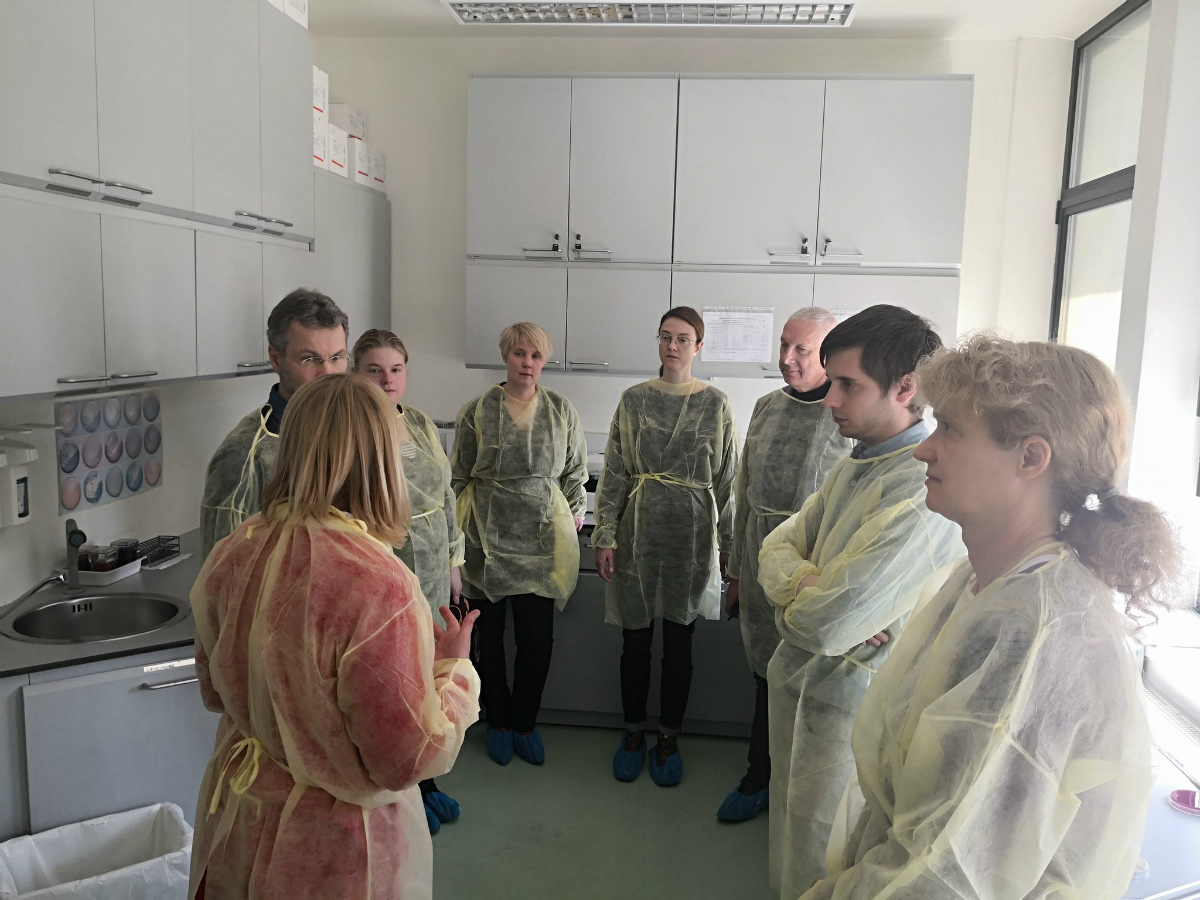Swedish country-to-country visit to Slovenia: a short review
"It is always nice to welcome the experts and share the good practices and challenges with them. And along the way the complete strangers become colleagues in the common mission against AMR and maybe even friends"
A Swedish multidisciplinary team of two experts from the human and animal field and one representative from the Public Health Agency of Sweden (Swedish Folkhälsomyndigheten) visited Slovenia from the 15th to the 17th of April 2019.
The Swedish representatives aimed to evaluate the progress of the Slovenian strategy and national action plan on antimicrobial resistance (AMR) looking at the main content and priorities of the plan, the challenges to address and the future implementation. Visitors were also interested in the Intersectoral Collaborating Mechanism (ICM) for cross sectoral collaboration (what has already been done and what structures are in place for the exchange of experiences and ideas). During the visit, representatives from both countries shared informative presentations and fruitful discussions. This information gave our guests the context to reflect about policy options and to provide recommendations for the improvement of the already taken measures.
At the end of the visit, a wrap-up meeting with the relevant national competent authorities of the Slovenian Ministry of Health was held to present the preliminary outcome of the Swedish assessment.
OVERALL CONCLUSIONS
There is clarity about the necessary actions and the need for prioritization. Other positive aspects are the voluntary commitment of dedicated champions working in the implementation of the plan and the fact that ICM has been in place for long time with good collaboration between the human and veterinary sectors even in informal networks.
There is still room for improvement, particularly in the following areas: long-term political commitment, more allocated funding/resources, better coordination, formalization of structures, clearer mandates and roles for the different partners involved, a joint communication strategy with agreed messages for identified target groups, a plan for feedback and data for action, a human and veterinary medicine joint annual report, to make selected AMR notifiable and to develop specific actions to engage and reach primary care.
Maja Subelj, MD, PhD | National Institute of Public Health | Ljubljana, Slovenia | Maja.Subelj@nijz.si





